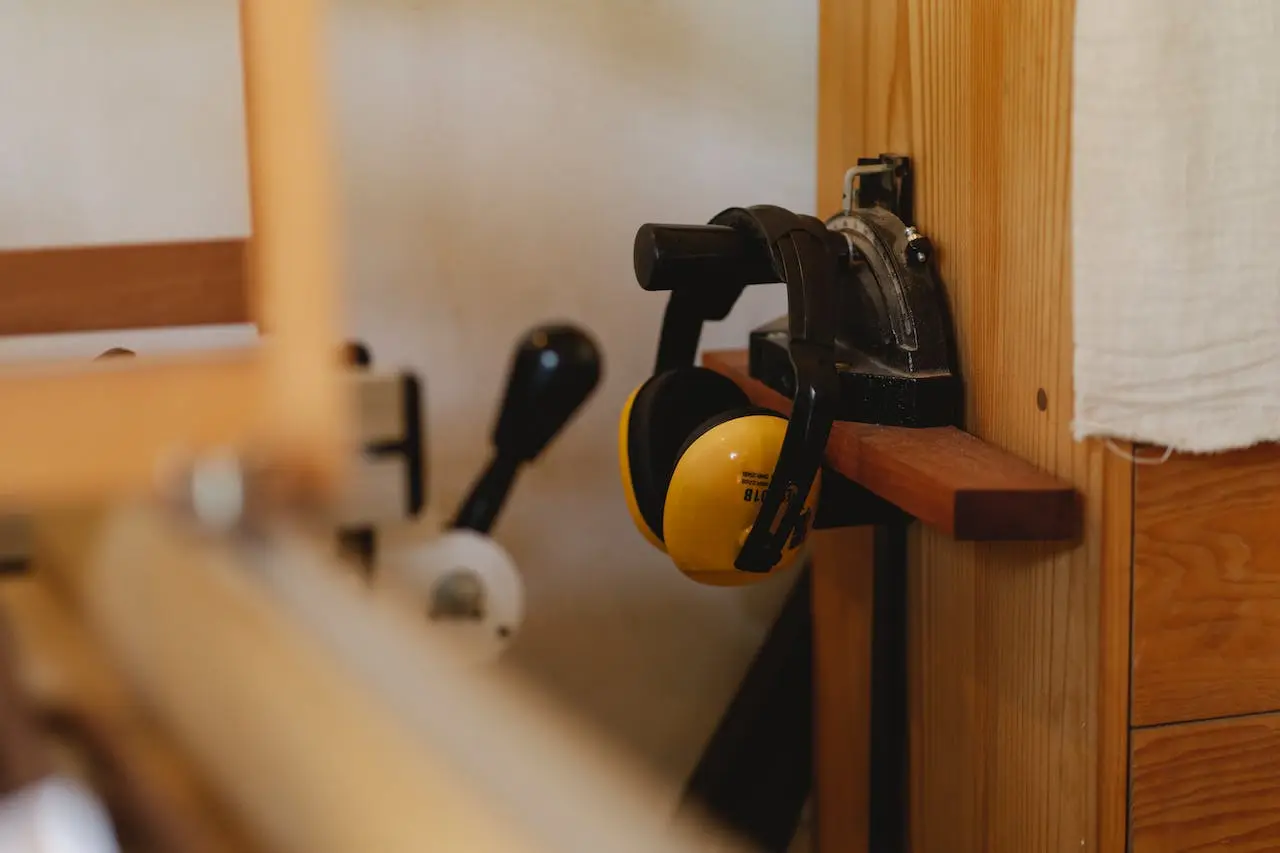Among the considerable number of hazards that occur on construction sites, electrocution is by far one of the most dangerous possible incidents. It is electrocution that is often the cause of serious burns and injuries, and even fatal accidents. Unfortunately, in the case of construction, it is difficult to completely eliminate the danger by removing its sources - both machinery and smaller electromechanical equipment require access to power during operation. So what should electric shock protection and first aid for electrocution on construction sites look like?
The most important health and safety rules for protection against electric shock
Direct human contact with electricity can prove dangerous even at relatively low amperage - as little as 10 mA means severe pain, so the threat of electrocution should not be underestimated. As a rule, however, conditions on construction sites are conducive to electrocution, especially in wet areas with good conductivity. To avoid electrocution, every construction site should be properly protected so that even inattention does not accidentally electrocute a worker, and the workers themselves should be trained both in caution in contact with electrical equipment and in first aid in case of electrocution.

One of the first rules of health and safety on a construction site with mains-powered equipment is the need to regularly check their technical condition and refrain from using those that are not fully operational. All cables on the construction site should be protected from accidental direct contact with humans, and if damage is noticed, power sources should be immediately disconnected. Temporary, makeshift protection of electrical equipment with insulating tapes is also unacceptable - the employer responsible for safety at the construction site should guarantee his employees access only to operable, properly protected equipment. This obligation is informed by the standard PN - EN 61140:2005 "Protection against electric shock - common aspects of installations and equipment", according to which "Hazardous live parts should not be accessible, and accessible conductive parts should not be hazardous".
According to the current regulations, electrical circuits to which construction equipment and other electrical equipment on the construction site are connected must be equipped with residual current fuses (circuit breakers) with a sensitivity of 30 mA, which, in the event of a short circuit, cut off the flow of current in about 0.2 seconds. According to the aforementioned standard, construction sites should use installation equipment and accessories with a protection level of at least IP44, and distribution equipment with a protection level of at least IP43.
Health and safety accessories to protect against electric shock
The use of electric shock protection clothing on construction sites is usually limited to equipping workers with appropriate electrical insulating gloves, whose role is to protect the worker's hands from electric shock. Gloves can vary in their degree of resistance to different levels of electrical voltage, and are usually dedicated to workers performing live tasks up to 1kV. This means that standard construction workers who have daily contact with electrical equipment and machinery operating when connected to the grid are generally not required to wear full electric shock protection outfits. However, this rule is only an additional emphasis on the fact that the construction site should be adequately protected against the possibility of electrocution, and workers should be trained for dangerous situations.
First aid for electrocution on a construction site
Even on the best-prepared and protected construction site, a dangerous accident involving electricity can occur, so in addition to standard safety training for the use of electrical equipment, workers should be familiar with first aid in case of electrocution. Whether they are able to behave appropriately when they see an accident can determine the damage that electricity will cause - one of the most important first aid rules in the event of electrocution is to give first aid.
The first step in the event of electrocution is to call an ambulance and then free the victim from the voltage. When doing so, do not grab such a person directly with your hands, without protective rubber or leather gloves to protect them from electrocution. To free an electrocuted person from an electric current of up to 1 kV, by far the best solution is to completely de-energize the relevant electrical circuit, including by removing fuses from the power supply circuit or damaging the circuit from the power supply side. Only after it has been disconnected can you proceed to contact the injured person and provide first aid before the arrival of emergency services.
What are the symptoms of electrocution? Electrocution can cause severe burns to the skin, loss of consciousness and even cardiac arrest, so after pulling the electrocuted person away from the source of electricity, it is necessary to immediately proceed to check vitals and treat burn wounds in accordance with the applicable rules of first aid. Any case of electrocution at a construction site should be reported immediately, and the electrocuted person even without major visible signs of burns or injury should be examined for internal injuries caused by contact with electricity, as the consequences of electrocution can be tragic.






